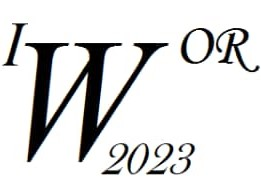Ponente
Descripción
At the end of 2019 on Wuhan, a pandemic was originated with no precedent in human history,
attributed to the coronavirus called SARS-CoV-2. The 2019 Pandemic caused the death of millions of
people around the world. It heavily impacted the economy of several countries as well as the daily life of
people all over the world. Cuba wasn’t exempt of this situation, there were big contagion waves, and
deaths attributed fundamentally to increasing amount of variants of the virus. With the goal to mitigate
the impact and advance of the pandemic in Cuba, massive vaccination campaigns were held using drugs
produced in Cuba. This work has the goal to estimate the key parameters of the SARS-CoV-2 pandemic
in Cuba using a hierarchical Bayesian model, simulated in the software R using the package, Stan. These
parameters are explained trough the new variants of the Virus as well as the amount of vaccinated
people. The main impact presented on the vaccination campaign in Cuba is the decrement of the
susceptible cases. Moreover, the mortality by infection rate (IFR) descended from 1.4% [1.29%-1.49%]
to 0.62% [0.499%-0.751], the delta, beta and omicron variants resulted to be the more virulent ones,
being omicron the one with the highest transmission rate. The vaccination campaign was a high
contributing factor in the reduction of the IFR, while the omicron variant increased the IFR in
comparison with the rest of the variants.
Key Words: Hierarchical models, MCMC methods, epidemiological parameters.

